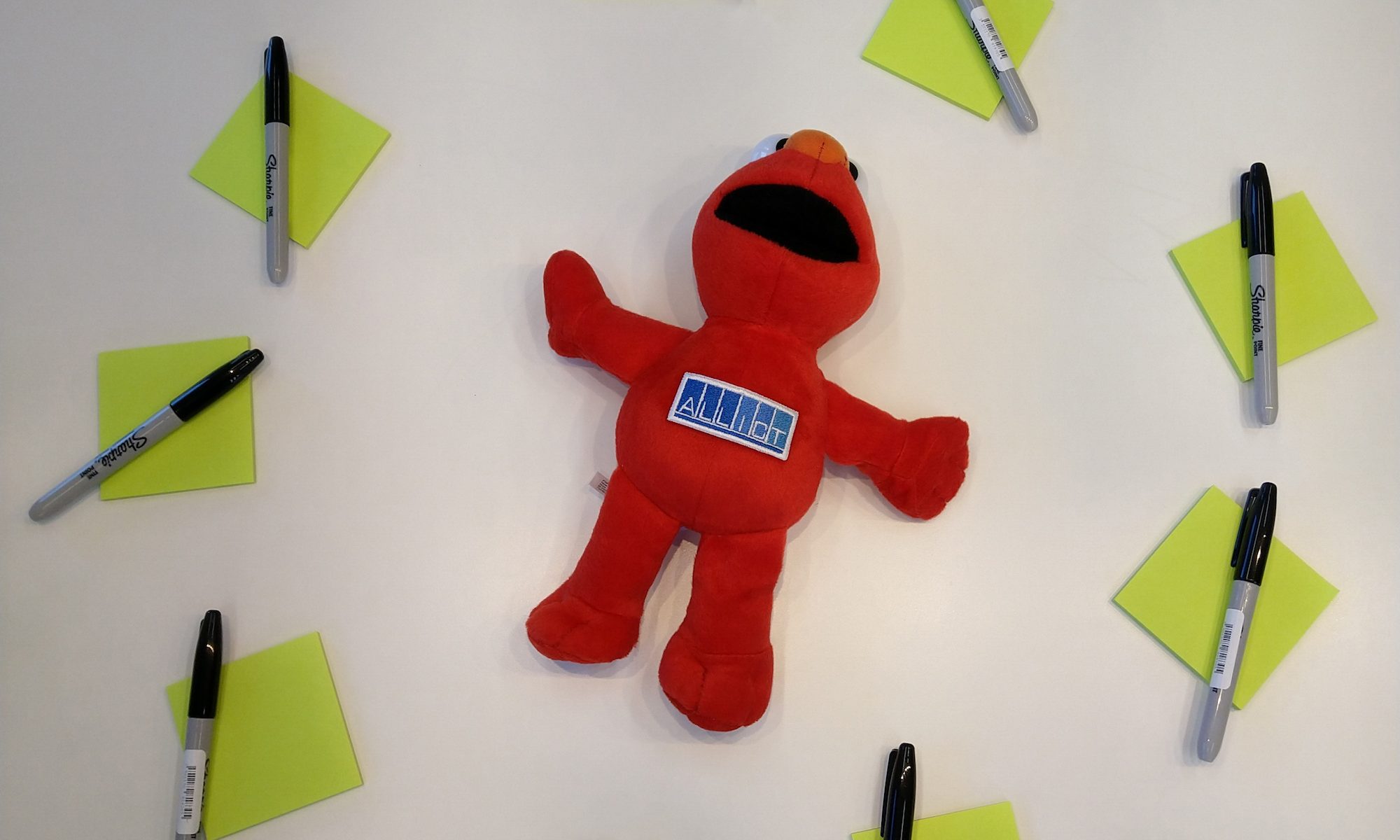One of the most valuable tools has been the Agile Coaching Competency Framework [PDF], created by Michael Spayd and Lyssa Adkins.
Based on this, Jordann Gross created the Change Agent Map, read all about it here: http://agileety.com/change-agent-map

Just a site where I archive interesting reads I've encountered online
One of the most valuable tools has been the Agile Coaching Competency Framework [PDF], created by Michael Spayd and Lyssa Adkins.
Based on this, Jordann Gross created the Change Agent Map, read all about it here: http://agileety.com/change-agent-map
Irene Francés likes to share a board that she has been working on during the last couple of weeks. It is meant to capture the main agile resources she came across and found useful. https://loom.ly/7-gQgjs
In this blog post, Barry Overeem will share the most common question that gets asked during the Scrum.org Professional Scrum Master courses. He’ll focus on the Scrum Master role and will provide an answer based on his personal experience as a Scrum Master. This for sure isn’t the ultimate answer, it’s how he has fulfilled or experienced the situation himself; https://medium.com/the-liberators/a-day-in-the-life-of-a-scrum-master-1f0c31bc07c5
In this blog post, Jimmy Janlén wants to share a powerful tool, the Leadership Health Check. It will help you become stronger as a management team and reveal improvement opportunities for how you, as a team of active servant leaders, better can enable the agile teams you support.
You can find the blog post here: https://blog.crisp.se/2019/03/11/jimmyjanlen/health-checks-for-teams-and-leadership
Forsa-
On the following Trello Board you can find all Liberating Structure Strings used during the LS Meetup: https://trello.com/b/RRgrkb29/liberating-structures-strings
Barry Overeem created a list of must-reads for agile newbies:
The Agile ManifestoThe Scrum Guide – Jeff Sutherland, Ken SchwaberThe Power of Scrum – Rini van SolingenScrum: A Pocket Guide – Gunther VerheyenSucceeding with Agile – Mike CohnThe Agile Samurai – Jonathan RasmussonThe Five Dysfunctions of a Team – Patrick LencioniThe Scrum Field Guide – Mitch LaceyThe Phoenix Project – Gene Kim, Kevin Behr, George SpaffordKanban – David J. AndersonClean Code – Robert C. MartinRead his complete blogpost here: http://www.barryovereem.com/the-reading-list-for-agile-newbies/
In this article Jasper Alblas talks about the challenges of a Sprint Goal: https://medium.com/@jasperalblas/scrum-from-the-trenches-the-sprint-goal-e7e15203c82f
One of the biggest challenges for Product Owners is to manage stakeholders. Often, there are many of them. And they all have different needs, requirements, and levels of involvement. How do you manage this?
The Stakeholder Map (PDF) is a simple tool that creates transparency and strategies. Print out a large version of the PDF and introduce it to your Scrum Team. Work together to identify all potential stakeholders (or groups) and write them on stickies. Distribute the stakeholders across the quadrants based on their level of influence over the product and their interest in what you are working on. Based on the distribution that emerges, you can devise strategies on how to best involve them:
The stakeholders on the right are the most important at the moment, so focus the bulk of your time and energy on them. However, if you meet the needs of the stakeholders on the left, you can shift them to the right as they become more interested in your product.
Subscribe to The Liberators Newsletter if you want to receive more of these great articles: https://theliberators.com
The purpose of Scrum is to create a potentially releasable Done Product Increment, in order to realize business value. Many teams struggle in improving their Definition of Done. Simon Reindl describes a technique in the following article that allows for greater transparency on what the Definition of Done is, and what the next steps are.
https://www.scrum.org/resources/blog/improving-your-definition-done